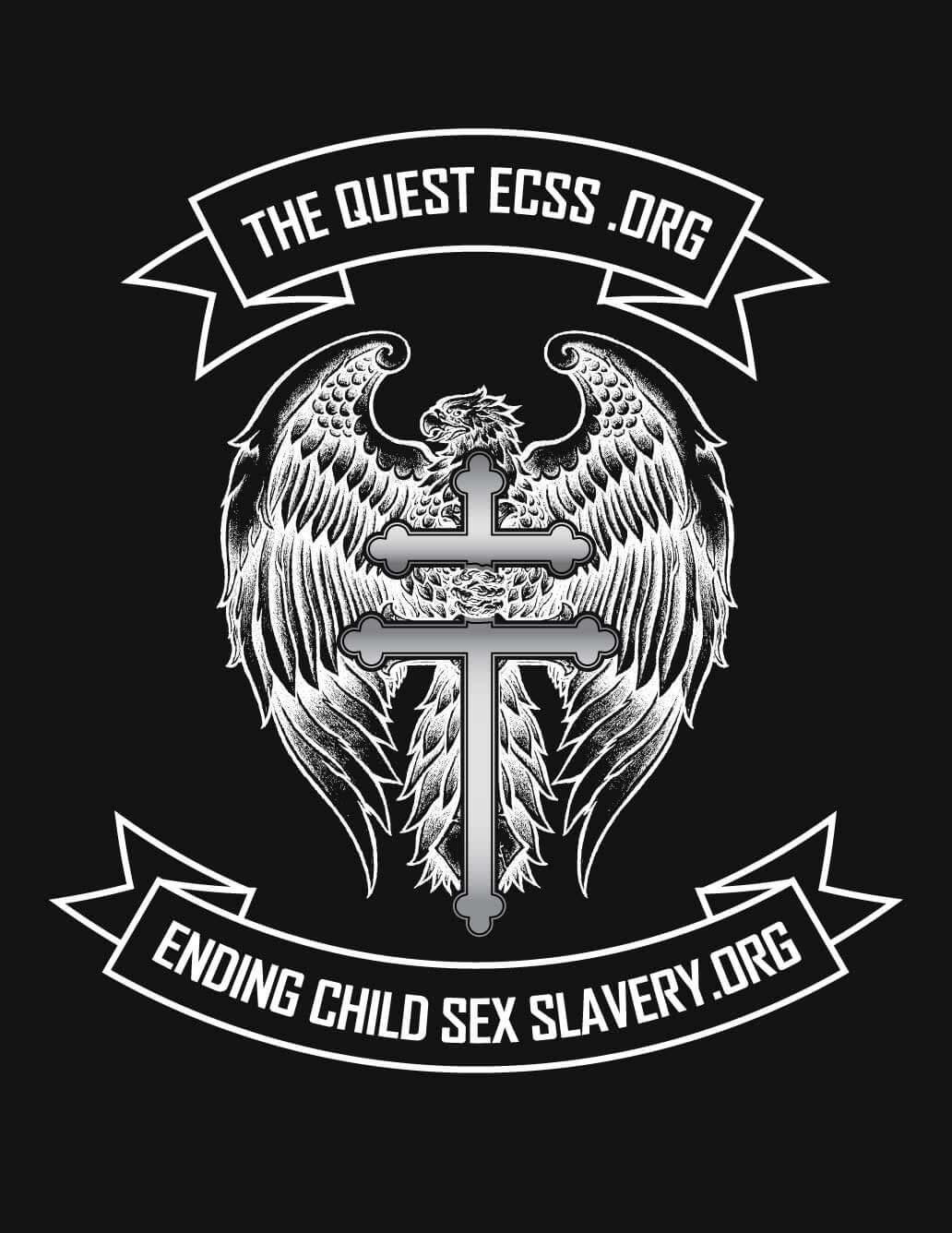Cross of Lorraine

The Cross of Lorraine Recently, My Team met without me and decided they wanted a symbol of who we are and that represents our mission. They decided unanimously on a ring. The symbol chosen for our ring has a long history and it is very important to those who choose it. The Cross of Lorraine becomes a brand on our soul. They told me about their choice and sent me the ring. Together, we thought about what it represents to us as The Quest ECSS.
This ring represents the war of humanity against these self righteousness, subhuman monsters who are committing these acts and protecting those who commit the worst crimes against humanity; inhumanity against our children.
Origins of an Iconic Image
According to the University of Delaware, the double-beamed cross was used by Christian groups in Asia the ninth century. Later, it was adopted by the Duke of Lorraine on his standard when fighting the Muslims in the First Crusade. In the 12th century, the Hungarians minted their coins with the Cross of Lorraine, and the eastern Christians believed it to be the true representation of the cross of Jesus Christ. During the 14th and 15th centuries the cross became known as the Cross of Lorraine because of its adoption and popular use by the second House of Anjou in Lorraine, France.
World War I
The United States 79th Infantry Division adopted the Cross of Lorraine as its insignia. During World War I the 79th Infantry Division fought solely in Lorraine, France. Prior to its deployment to Europe, the division was known as the “Liberty Division” in the United States. The symbol was suggested by Major General Joseph E. Kuhn to represent both victory and freedom for both the French and Americans, and was approved by General Headquarters shortly after World War I ended.
World War II
Although France was occupied by Nazi Germany during most of World War II, Free France forces organized under General Charles de Gaulle in England. Free France Navy leader, Vice Admiral Emile Musilier, designed the Free France forces flag using a red Lorraine Cross against a blue background. The word “honneur” -- honor -- is to the left of the cross in gold, and the word “patrie” -- homeland -- is on the right. The cross was formally recognized as the symbol of Free France in June, 1941.
International Union Against Tuberculosis
In 1902 the International Tuberculosis Congress decided that the prevalence and rapid spread of the disease required a concerted effort across the world to end tuberculosis, and likened this plan to a war. Upon further discussion, it was deemed necessary to have a recognizable symbol for people to recognize and associate with the fight against tuberculosis, much like a battle standard. Dr. Gilbert Seciron, the delegate from Lorraine, France, proposed the Lorraine Cross because of its association with French victories. As of 2011, the International Union Against

